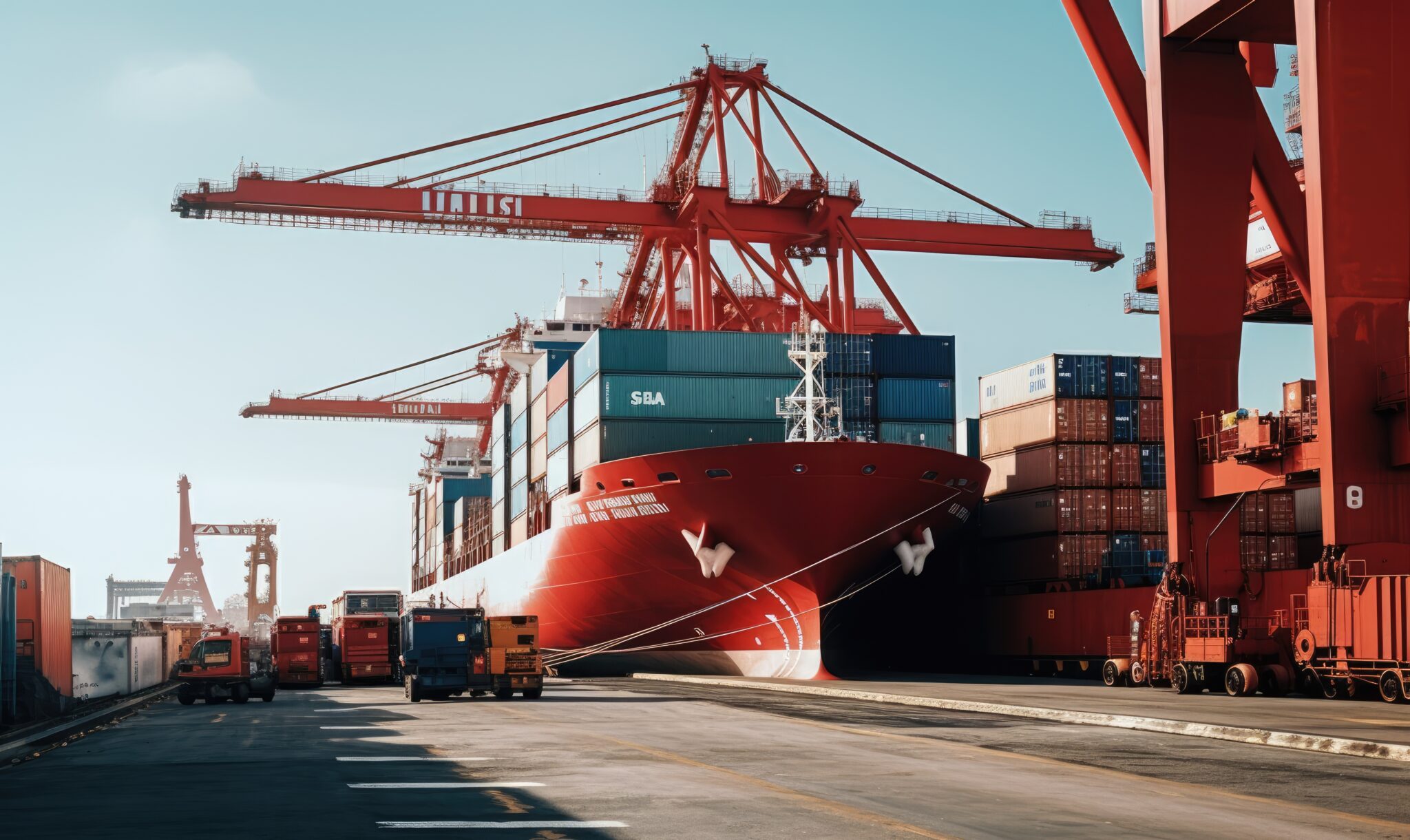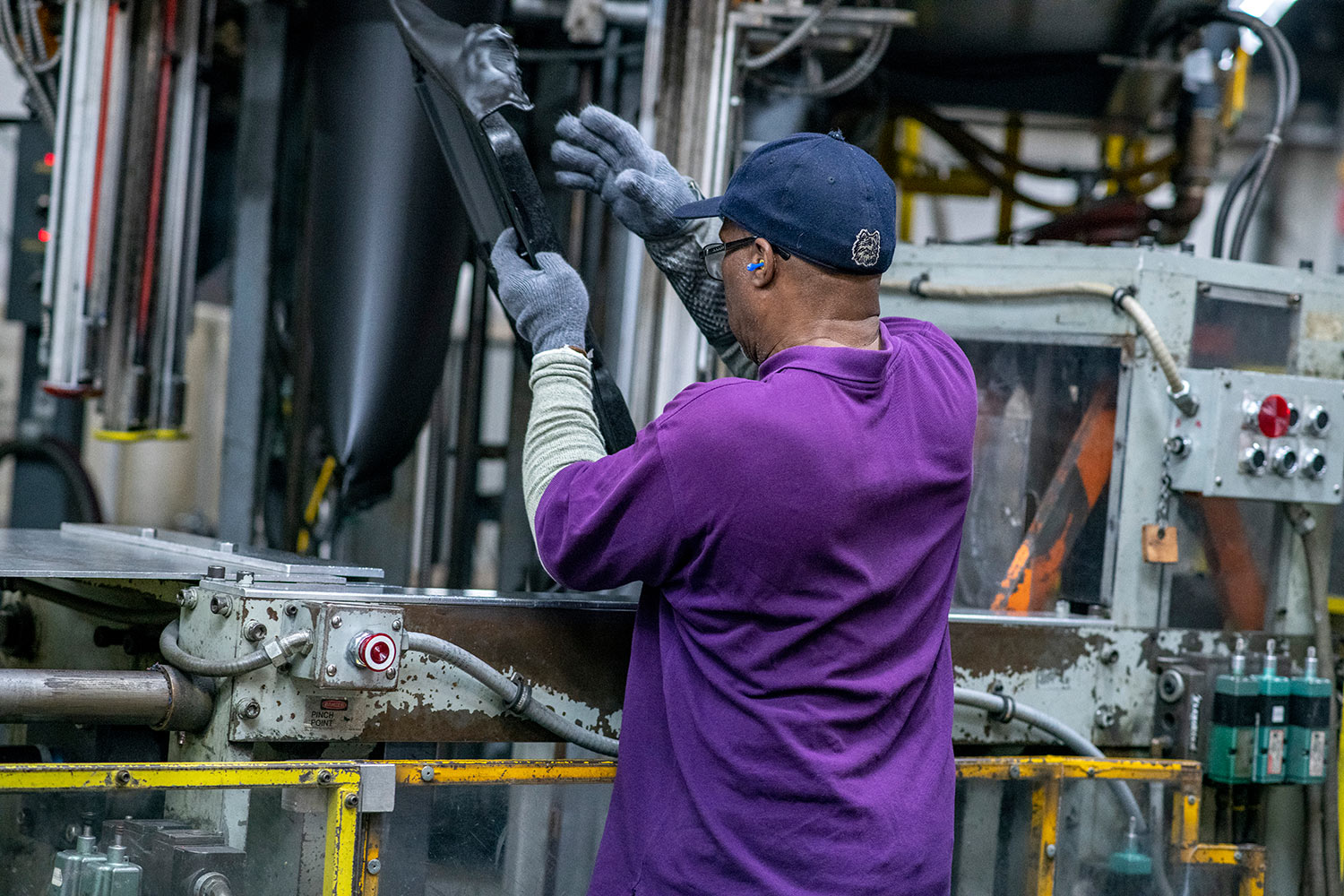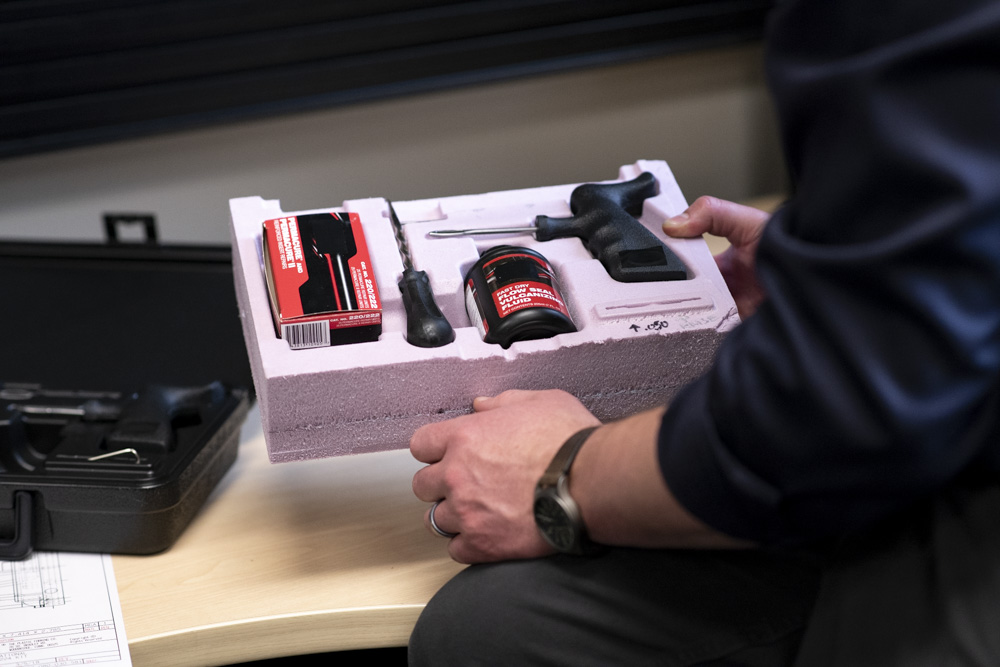Blog Post
Hard Lessons Learned
Years of offshoring U.S. manufacturing certainly paid off – so much so it blinded everyone to the boatload of risks inherent in that strategy.
Before the COVID-19 pandemic struck in early 2020, few people outside of a small cadre of logistics professionals and academics had thought seriously about how the highly intricate and interconnected nature of global supply chains made them inherently fragile. But why worry? It was a winning strategy; it reduced costs and increased the bottom line. And it worked. Until it didn’t. And the whole system came crashing down like a big, worldwide game of Jenga.


What began as a new philosophy at Toyota in post WWII Japan to “remove the nonvalue-added wastes” in manufacturing had matured and expanded until, as one U.S. Trade Representative put it, it became a “lemming-like desire for efficiency” that drove many U.S. manufacturers to move their own operations offshore and many more to shift to Chinese suppliers. And it certainly paid off – so much so it blinded everyone to the boatload of risks inherent in that strategy. For example, outsourcing a subcomponent to a supplier in Shanghai meant that every order needed to pass through dozens of hands as it made the seven-thousand-mile journey to the factory in Chicago where it became part of a finished product. And in our modern world of lean manufacturing and just-in-time deliveries, any delays quickly had catastrophic results.
We all saw it unfold in real time. Supply chain disruptions and critical parts shortages filled the news daily. At one point, Ford had to park so many pickups waiting for semiconductor chips in lots across Michigan, Kentucky, and Missouri that they were visible from space! And the problems weren’t confined to the auto industry. There were shortages of prescription medicines due to pharmaceutical companies outsourcing their manufacturing offshore, new home construction was held back by shortages of lumber and unusually long lead times for major home appliances, and more. And even when there weren’t parts shortages, transport was the problem. Hundreds of container ships lined up outside the ports of Los Angeles and Long Beach waiting to unload and, on top of that, there was even a shortage of empty containers.


As a result, U.S. companies have been taking a hard look at how they can make their supply chains more reliable and more resilient. Many of them, in a variety of industries, are “reshoring” their own manufacturing operations as well as switching to domestic suppliers. The last few years have made it plain to almost everyone that the potential risks and unanticipated costs associated with a global supply chain can potentially outweigh any hoped-for savings.
There is also a more fundamental lesson here. Even if your supply chain is simple – even if it really isn’t a chain at all – choosing suppliers that you can count on is essential. Given the ever-accelerating pace of modern business, getting what you need, where and when you need it, is fundamental.
At PFC, we have structured our entire company around meeting that fundamental need, on being the vendor our customers can always count on.
When we say “we do it all in-house” it’s not just a marketing slogan. It is the lynchpin of our overall business strategy. For example, we don’t use commercially available general-purpose blow-molding equipment, designed to make soda bottles one day, and auto parts or toys the next. We have our own proprietary molding machines in-house, and they are designed exclusively to make double-wall cases. Why? It not only lets us make better quality cases, it also means that that we can change mold tooling and colors in less time, so we can respond to changing customer needs quickly. And unlike most companies in the plastics industry, we make all of our mold tooling in our own Machine Shop, reducing our standard lead times and allowing us to respond to changing needs quickly. It’s also why we do all our foam fabrication, hot stamping, and label printing within our own four walls.
Doing it all here allows us to be here for you. And in a post-COVID-19 world, that’s a winning strategy.


